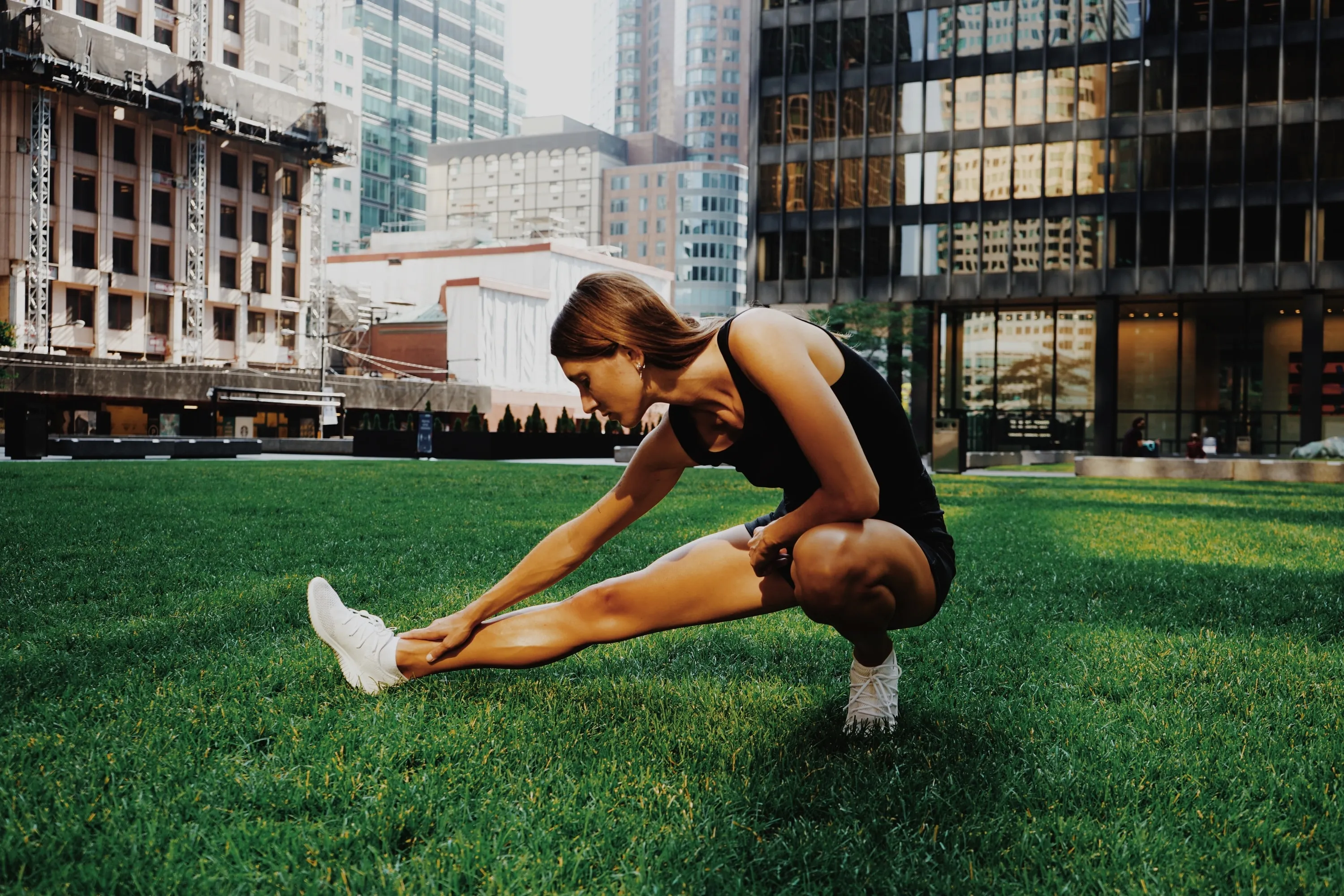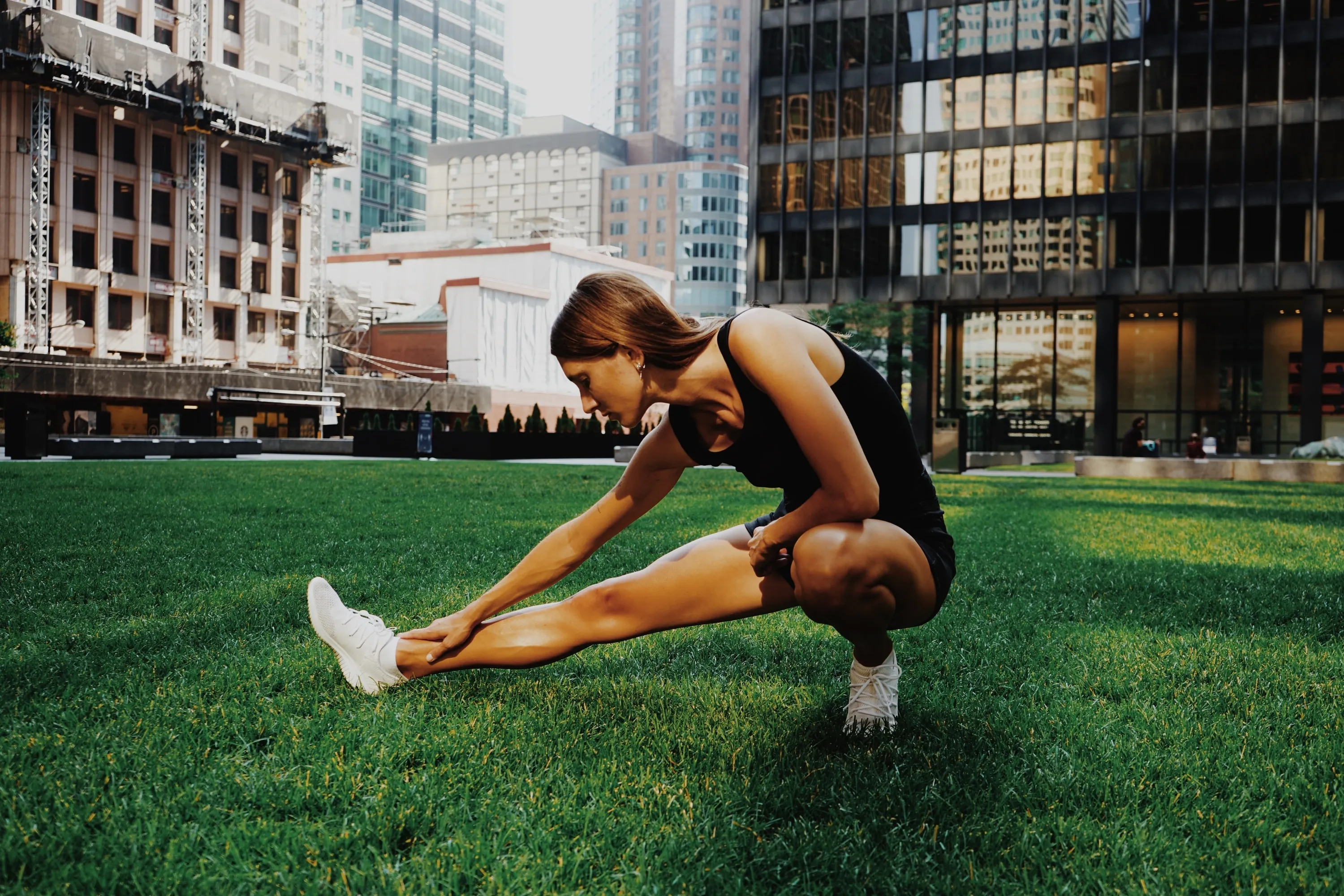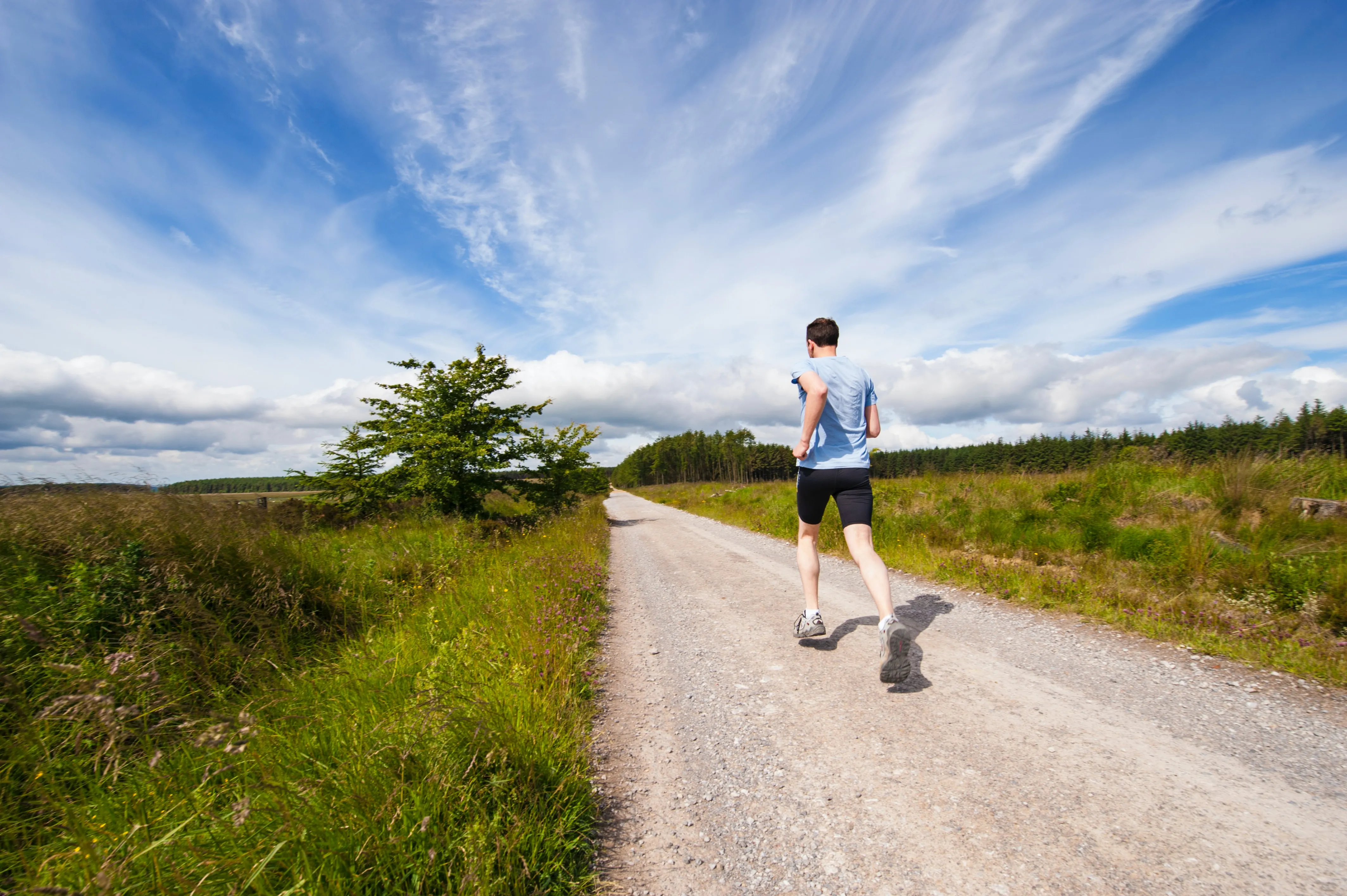
Running, a popular form of physical activity, offers numerous benefits like treating depression, reducing risk factors for cardiovascular disease and diabetes, and boosting overall health. It’s a convenient and cost-effective exercise that anyone can start without the need for expensive equipment or facilities. However, running is an intense activity and, if done incorrectly or excessively, can put our bodies, especially our joints, at risk.

The Impact of Running on Your Joints
One of the most common concerns about running is the impact it has on our joints, especially the knees. Knee injuries from running are a result of the forceful impacts that occur with each stride. When we run, the landing force is about three times our body weight and is mostly absorbed by our knees.
Moreover, running affects not just our knees but also other important joints like hips and ankles. Joints are cushioned by cartilage and surrounded by muscles, tendons, and ligaments that can be strained or injured due to the repeated stress from running.
Common Joint Health Concerns for Runners
Runners often experience several joint health issues such as:
Runner’s Knee
Also known as patellofemoral pain syndrome, this involves pain around the kneecap. It’s caused by the misalignment of the kneecap, or when the cartilage is worn away due to stress.
Achilles Tendinitis
This occurs due to overuse of the Achilles tendon, the large band of tissue that connects the calf muscles to the heel bone, causing pain and swelling.
Plantar Fasciitis
This condition results in heel pain, which comes from strain to the ligament that supports the arch of your foot.
IT (iliotibial) Band Syndrome
The IT band is a thick, fibrous band that extends down the outside of the leg. Improper running form or overuse can cause it to become inflamed, causing pain on the outside of the knee.
How to Protect Your Joints While Running
Even though running puts stress on joints, it doesn’t mean you should avoid it. On the contrary, when done correctly, running can strengthen the muscles that support your joints, improve bone density, and promote the flow of nutrients to joint tissues. Here are a few ways to ensure your joints stay healthy:
Correct Running Form
When running, aim for a shorter stride length and land with your foot beneath your body. This helps reduce the force exerted on your knees and ankles. Strive to run smoothly and softly, avoiding heavy heel strikes.
Warm-up And Cool Down
A good warm-up before running and a cool-down session post-run are essential for preparing your body and making it less prone to injuries.
Strength Training
Incorporating strength training into your routine not only enhances performance but also reduces pressure on joints by strengthening the muscles around them.

Wear the Appropriate Running Shoes
Your shoes should support your foot’s arch and pronation pattern to alleviate pressure on joints.
Running is a great way to stay fit and healthy. Knowing how running impacts your joints, understanding the potential injuries and following preventive measures will allow you to enjoy the benefits of running while minimizing the risk of long-term joint damage.




